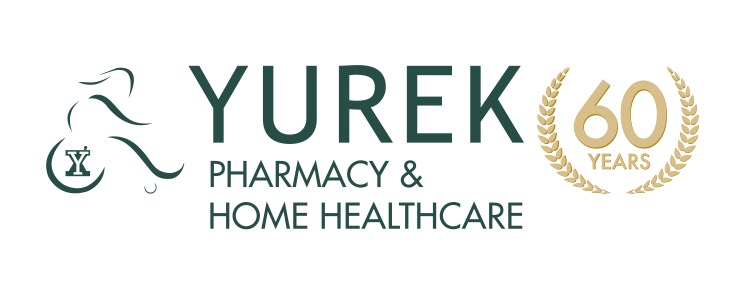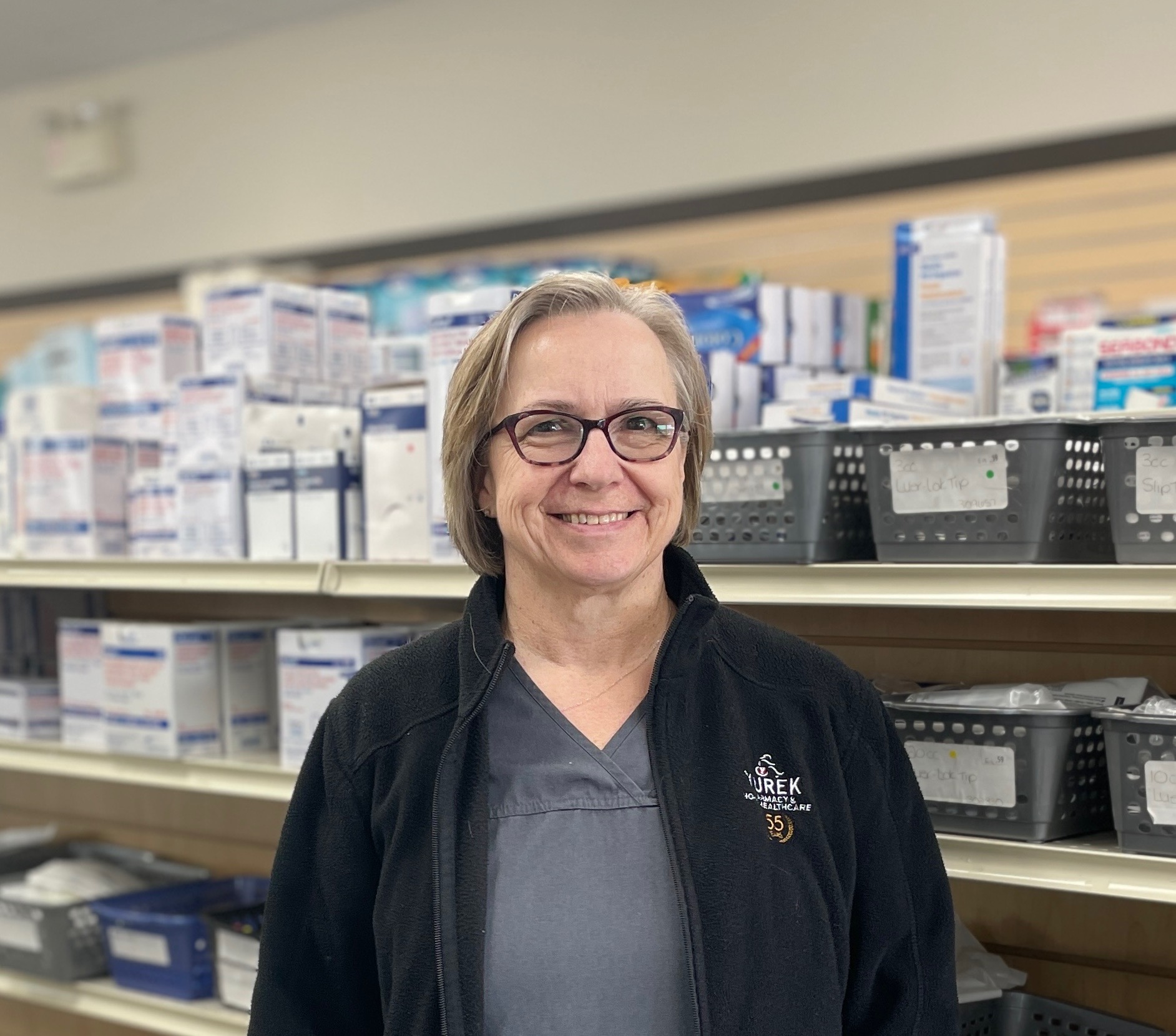One of the key; aspects of any health care plan is monitoring. Whether we are talking about blood pressure, blood sugars or even temperature, knowing where you stand can help plan where you need to be. Studies have shown that patients who take an active role in their monitoring are more likely to reach their goals. With so many products on the market, which one to choose from can be a difficult choice.
Blood Pressure Monitors
The hallmark of an office or emergency room visit, checking the blood pressure is often one of the first vitals taken. A measurement of the highest blood pressure (systolic) and lowest (diastolic).
First of all, size matters; we want a cuff size appropriate for our upper arm. While many people will be fine with the average cuff (10.5-13 inches), they also come in small and large.
For accuracy, look for the gold and silver checkmarks:
Hypertension Canada evaluates blood pressure monitors based on international standards of accuracy. Those with the Gold check meet the highest and most current international standards, and those with the Silver ratings meet the highest international standards available before their most recent updates. Both Gold and Silver levels are accepted; as accurate.
Take 5 and then take 3. Before taking your blood pressure, make sure you are sitting comfortably, both feet on the floor. Try and be relaxed. Once you’ve taken 5, choose a monitor that takes 3 readings over 30-60 seconds and averages them. This will give a much more accurate assessment of blood pressure.
For now, Phone apps that claim to measure blood pressure should be avoided. There isn’t enough vigorous testing to warrant their use. Apps that track blood pressure can be useful. They can give you a better understanding of blood pressure over some time.
Blood Glucose Monitors
When properly used, blood glucose monitors can aid a person in managing their diabetes or hypoglycemia. Like blood pressure monitors, there are many devices and choosing the correct one can be a daunting task. International standards (ISO) have set the bar, and the current standards are within 15% of laboratory values. Most meters meet these standards and even exceed them!
After accuracy, the choice of a meter is determined by individual needs. Ease of use is important to many people, while others want added features such as; Bluetooth connectivity and apps that help direct care. Speaking to our pharmacist can help to decide.








